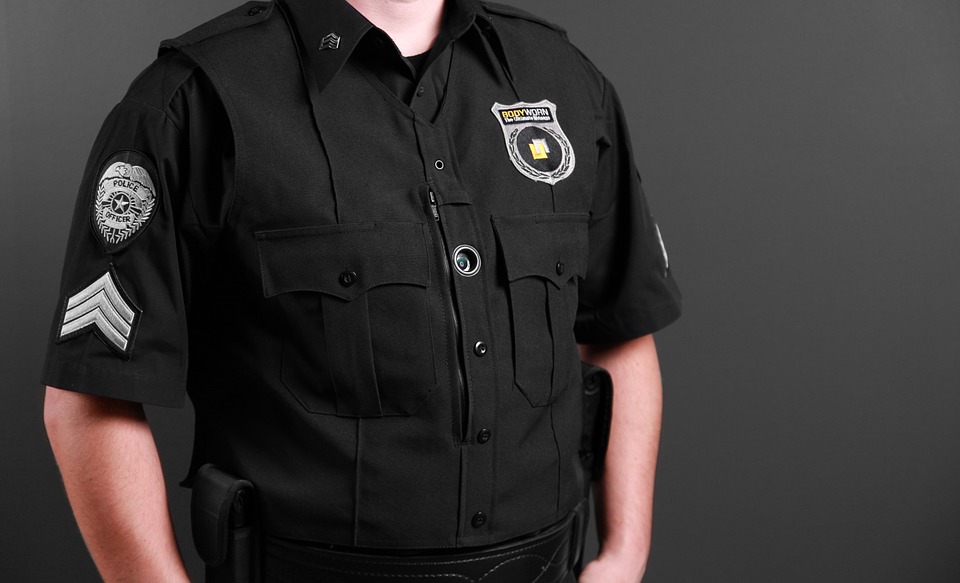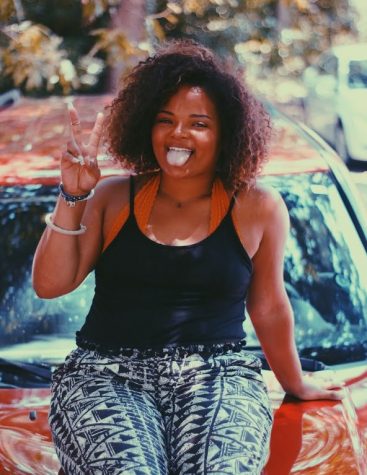Police departments flipping the camera
As seen in the center of his chest, these body cameras are being enforced in major police departments across the nation. The ultimate goal of these cameras is to build trust and provide accountability for officers and the people they encounter.
May 18, 2017
Recently, many police departments started wearing body cameras mounted on their uniforms while on duty. The purpose of police officers wearing body cameras is to build trust.and provide accountability for officers and the people they encounter. Though a camera system is costly, it has the potential to lower the number of complaints and use-of-force incidents, saving cities money on lawsuits. Of course, like anything else, there are pros and cons that come with this decision.
The cameras are tiny, portable devices, about the size and length of a cigarette stick. They can be easily mounted on sunglasses, clipped to hats or helmets, or attached to uniform collars or lapels. The base of the recording device is wired and attached to the officer’s uniform and sits concealed in a pocket.
The Rialto Police Department in California was the first station in the nation to use the cameras on uniformed officers across all departments. The results were said to be remarkable. The department saw an 88% decline in complaints against officers, and use-of-force incidents plummeted 60%. The success the Rialto Police Department had using the cameras encouraged many major departments across the nation to give body cameras a try.
The cons to body cameras include privacy concerns for people who do not want their encounters with the police to be on the news or social media. Secondly, the costs that come with maintaining a body camera system are significant. Also, law enforcement officers must physically activate the camera when they exit their patrol car. This means officers have the decision of when to activate the camera, so it can not be guaranteed the footage documented is the whole truth. Technological issues with the cameras also have to be taken into account. Like all technology they could have a dead battery, damaged components, obstructed lens, etc. This could result in missing important witness statements or poor behavior by officers or citizens.
Junior Kevin Holmes said he is 100% for police body cams because he feels “it’s a sort of security blanket.” He said, “It really can be the determining factor if a police officer will face time in prison or go on leave with pay. It insures that justice may be served and that they [civilians] don’t have to fear officers; and when being pulled over they can express their feelings in a polite or angry manner.”
The pros of using the cameras on-duty are not minimal, though. The fact that every interaction is being recorded is bound to minimize complaints about police officer behavior and the unnecessary use of force because interactions are captured for everyone to see. Both officers and citizens may tend to be more restrained, knowing that their words and actions are being captured. The cameras also capture hard video evidence of decisions made by officers in intense situations. Video recorded by body cams has the ability to protect any false accusations, misconduct, or abuse against officers or citizens. They could also provide valuable evidence in obtaining accurate witness and victim statements. Video footage captured may help speed up court proceedings by providing indisputable proof of situations. Most importantly, the cameras could lead to improved police behavior.













